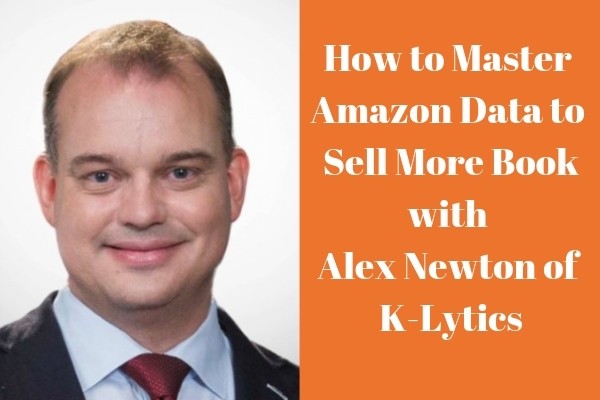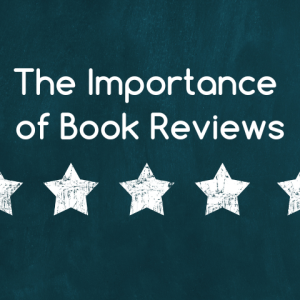Alex Newton is founder and CEO of K-lytics, a leading provider of market data and research for authors and publishers. Thanks for joining us on the blog today, Alex…
Great to be here. To start, I have a few questions for all of you…
Do you write because you love writing? Or do you write for the money? Whatever keeps you punching those keys late into the night, I hope there is a “passion factor” involved. It is the love for a particular genre that will let you write with energy, creativity, and authenticity. But let’s face it: most authors also want – or need – to make money with their books.
As soon as money enters into the equation, you will find some ruthless marketplace laws at work, like the Law of Supply and Demand. The what? Though the artist within you may be cringing, stay with me. The Law of Supply and Demand is dead simple and crucial for you to understand as the publisher of your own work.
As an example, let’s take Amazon’s Kindle, which just celebrated its 10-year anniversary. There are more than five million English eBooks on the Kindle platform. That is the SUPPLY OF BOOKS in that ecosystem.
On the demand side, you have more than 15 million people in the U.S. alone who own e-reader devices, and millions more who have a reading app on their smartphone or tablet. These people and their purchases, borrows, and page reads represent the DEMAND FOR BOOKS.
Within the Kindle marketplace, there are high-volume readers who devour books on a regular basis, producing HIGH DEMAND for the books they read. At the same time, there are genres that aren’t too crowded with other books. This means there is LOW SUPPLY in that genre, and less competition. But how can you identify HIGH DEMAND audiences and LOW SUPPLY genres?
The good news is that both SUPPLY and DEMAND can now be measured in the book marketplace—not just for a single book, but for groups of books. Amazon, for example, groups books into 30 main Kindle categories or genres, 409 sub-categories and more than 5,000 sub-sub-categories.
Let’s look at some extreme cases to see supply and demand at work in the publishing industry.
Romance is the highest selling bestseller list on Kindle. But guess what, with 472,160 book titles for sale as of October 1, 2018, it is also the second most competitive genre (right after Religion & Spirituality.) As a result, the average price for a romance eBook is the lowest in the industry.
So if you are thinking about writing a “billionaire romance novel” to ride the (fading) wave of Fifty Shades of Grey, you might want to think twice. While the top titles in this category still sell a lot of copies, the search term “billionaire romance” returns more than 20,000 competiting titles. That’s a lot of competition! Does this mean there is no money to be made in romance? Of course not, but you have to target the right market niche. In romance alone, you will find more than 90 sub-genres, many of them still providing very good opportunitities for writers.
On the other end of the spectrum, you could choose to write books about how to grow tropical plants. There is even a dedicated Amazon category for it. It contains only 74 book titles, which is hardly any competition. Perfect, right? Unfortunately, the average sales rank of a top 20 titles in that category is only 237,040, which translates into less than 0.4 copies sold per book per day. So while you have LOW SUPPLY in this category, you don’t have HIGH DEMAND for those books.
The key is to find HIGH DEMAND and LOW SUPPLY genres. While there is no guarantee of success, “authorpreneurs” who position their books with and eye on supply and demand can increase their odds of making more money. Market data and knowledge are vital if you want to make good decisions in this area.
I hope you’ll check out my one-hour masterclass, “How To Master Amazon Data To Sell More Books”. During this free webinar, I’ll show you how:
- Amazon data can save you time, money, creative resources and help you sell more books
- Discoverability has changed and what you as an author can do to adapt
- To identify and get into marketable categories that are right for you and your books
As a bonus, I’ll also share some of the latest genre trends and spend time with you in an open Q&A.






